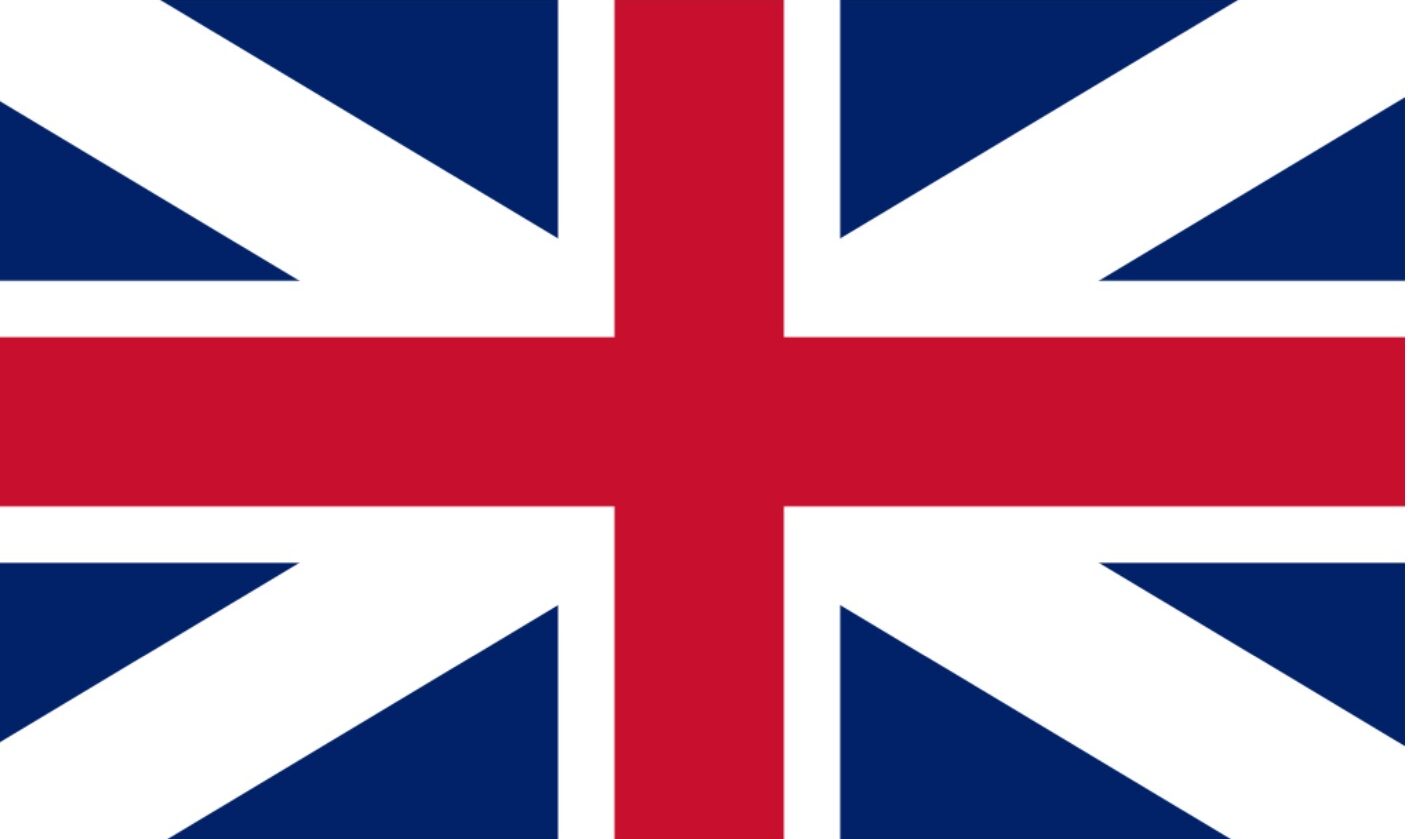Captain Thomas Perrin — Captain Barefoot: The Hero of Mount Pleasant
My 4th Great grandfather Captain Thomas Perrin was born in Hebron, Tolland County, Connecticut in 1756. Thomas was the 7th generation of 9 generations to be named Thomas Perrin. In 1770 The Perrin family moved to Granville, New York. It is not known what side the Perrin’s aligned during the American Revolution. Captain Thomas Perrin married Elizabeth Spencer, who was born about 1762. They had children born to them in the United States up to 1801 but it seems that Thomas arrived in Niagara, Upper Canada in 1796.
In 1800 Chief Joseph Brant surveyed a 5,000 acre tract which was divided into farm lots. Thomas was quick to answer Brant’s call for settlers at today’s Mount Pleasant with Thomas receiving land leases in 1801. Soon Thomas had as much as 1,000 acres of land which by 1813 included a grist mill.
With the onset of the War of 1812 the true character of Thomas Perrin became apparent.
There was great fear at the beginning of the War of 1812 that the Americans who had settled in Upper Canada would support the American cause. Thomas Perrin an American by birth must have really had to think on what to do. Which side to fight on? Should he flee to the United States? Just think about it: the British had basically given him 100’s of acres of land. Thomas had done well through all his business activities. If the Americans win he could lose everything. And, this was his home.
On the west side of the Grand River Thomas Perrin sought out men, young and old, many from the Mount Pleasant community’s homes including his son Thomas Perrin to form the Independent Grand River Company. They soon became Captain Perrin’s Company of the 5th Lincoln Militia.
Captain Thomas Perrin was known as “Captain Barefoot” for drilling his men in his bare feet. He probably had boots that fit both left and right equally. When one side of the boots wore down you just switched the boots to the other side. Thomas had sore feet.
We don’t hear much about Perrin Company as 1812 passed into 1813 and 1814.
At the Battle of Lundy’s Lane on July 25, 1814, Captain Perrin’s company of the 5th Lincoln Militia fought with distinction by acting as an advance guard for the main British force moving from St. Davids, clearing the road and removing the 5 foot high fences for the British regulars or operating wagons, bringing supplies to the battlefield. When the battle was over, it has been said that Perrin’s Company were used to gather the wounded and take them to the aid stations. They also likely cleared the dead from the battlefield the following day.
Several muster rolls exist of the activities of Perrin’s Company of the 5th Lincoln Militia during 1814. Due to the fact that they were a flank company, which means they were not front line troops, their duties included from May 5 to 10, 1814, the task of repairing the highway through the Grand River swamp. Also, there are 2 muster rolls for 25 days from October 15 to November 10, 1814, during which was the time of the American attack on Mount Pleasant with burning of Perrin’s Mill and the Battle of Malcolm’s Mill.
On November 5, 1814, American General Duncan McArthur came from just north of Detroit with 700 mounted cavalry to the Mount Pleasant area to bring the fear of war and death on the local citizens, burn their mills, impair and destroy their food supply and hope to weaken the British Army, Canadian Militia and civilian population. Perrin’s Mill was burned to the ground. General McArthur knew of Thomas Perrin’s leadership in the Militia. The attack was hard on the people of Mount Pleasant as the Americans burned some of their homes and plundered their horses, cattle and the coming winter’s food supplies. The Battle of Malcolm’s Mill was fought and lost the same day. After the Battle of Malcolm’s Mill, the Americans then returned to Detroit, burning every local mill as they went.
Where Thomas Perrin was during all of this I do not know, but rounding up the family, taking them to safety and hiding some personal possessions from the Americans while trying to protect his mill seems to be the best bet. It is known that guards were posted at Perrin’s Mill from Perrin’s Company but armed militia were no match to mounted cavalry.
Militia veterans in later years said of the overwhelming local enthusiasm for Perrin’s volunteer call to arms and made it clear that Canadians defended Canada.
At the end of the War of 1812, there were prisoners to exchange and traitors to his Majesty’s government to be tried and judged. On December 24, 1817, Thomas Perrin served as a witness to the Commission to inquire of lands forfeited on an outlawry for High Treason.
After a long life of 66 years of travelling through the new frontiers of the United States and Upper Canada to Mount Pleasant, rising to the call of defence of Country, King and Empire and building a very successful merchant, farming and milling businesses, the life of Captain Thomas Perrin came to an end on December 1, 1822 at Mount Pleasant, Upper Canada. Elizabeth Perrin, wife of Thomas Perrin, died at Mount Pleasant after 72 years and 7 months of life on March 27, 1835. Both Captain Thomas Perrin and his wife are buried here at Mount Pleasant Pioneer Cemetery.
On Sunday June 17, 2012, an official Ontario Heritage Act designation plaque was unveiled for the Mount Pleasant Pioneer Cemetery in Mount Pleasant, Ontario. The plaque recognized the leadership of Captain Thomas Perrin of the 5th Lincoln Militia.
Submitted by Doug Coppins UE
